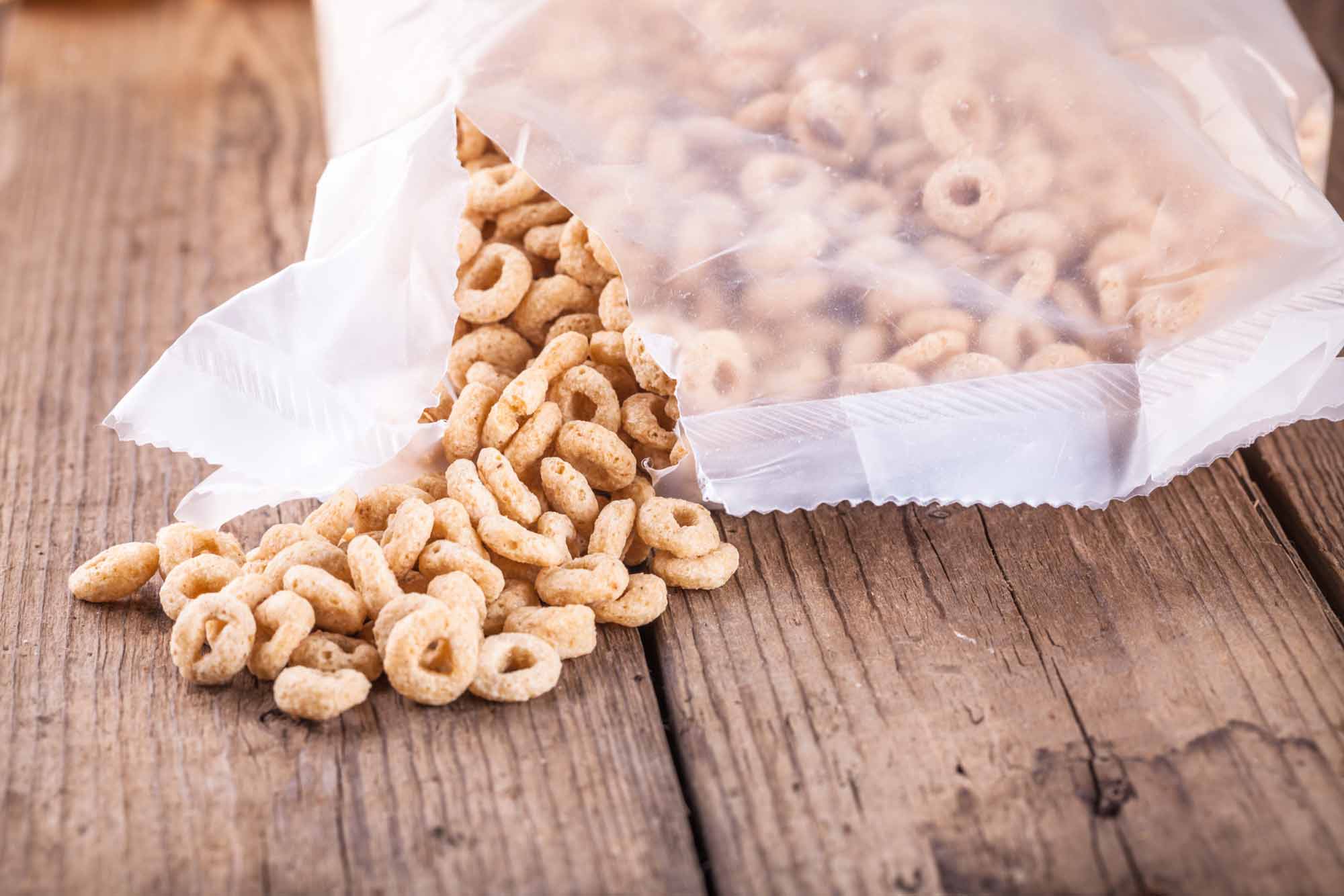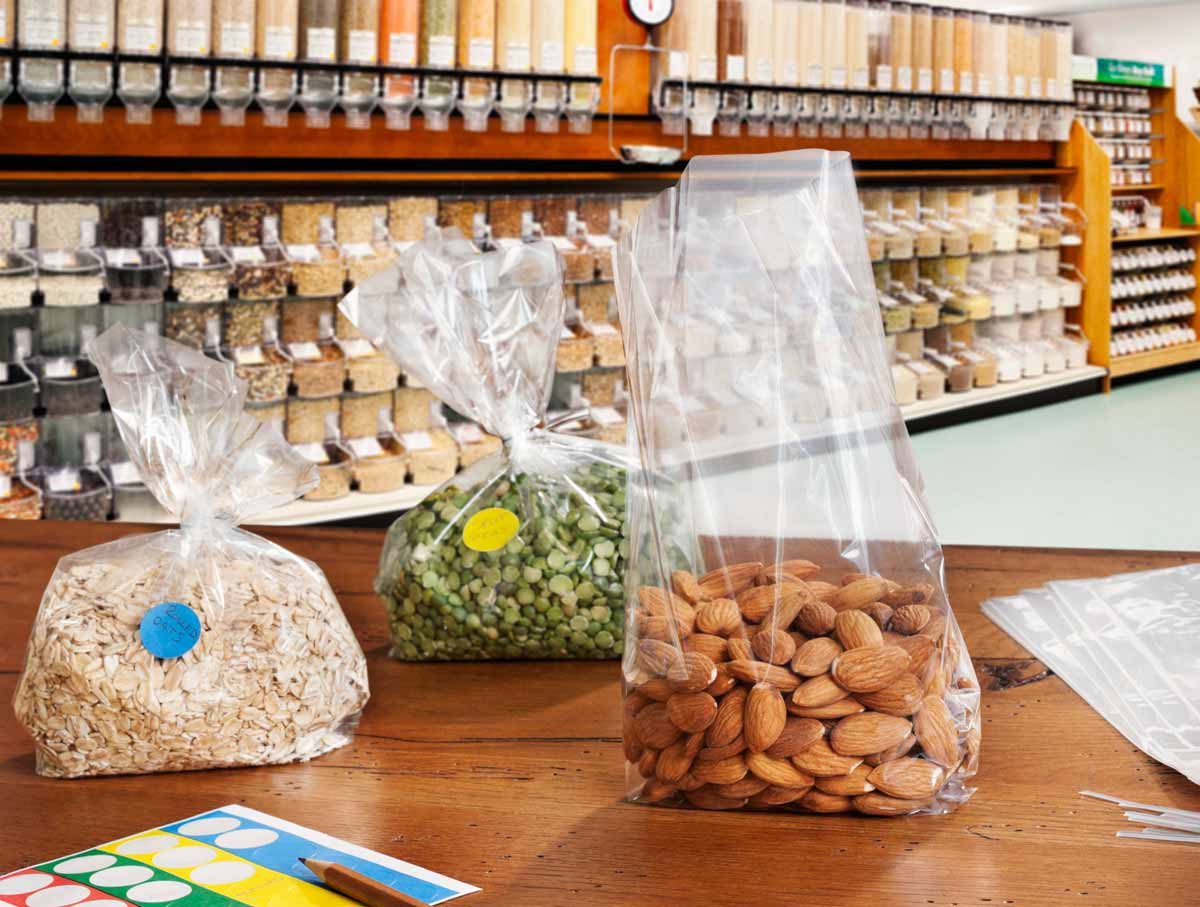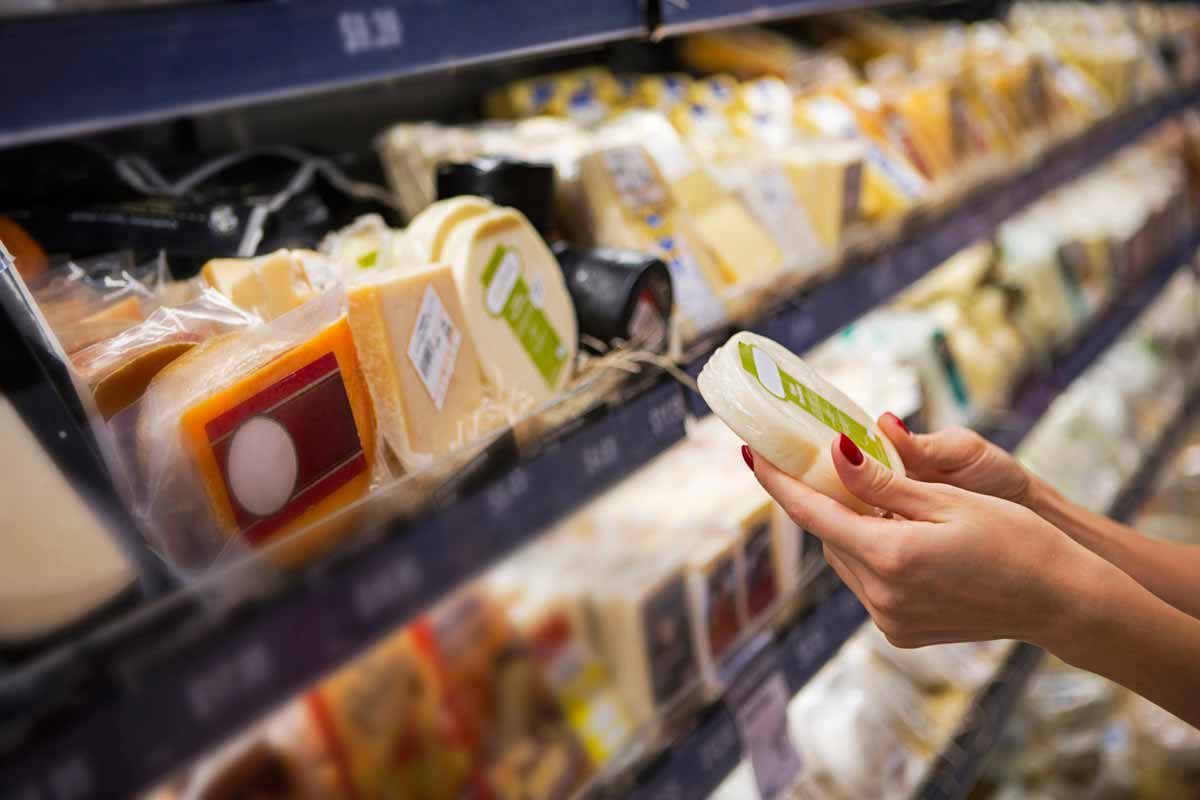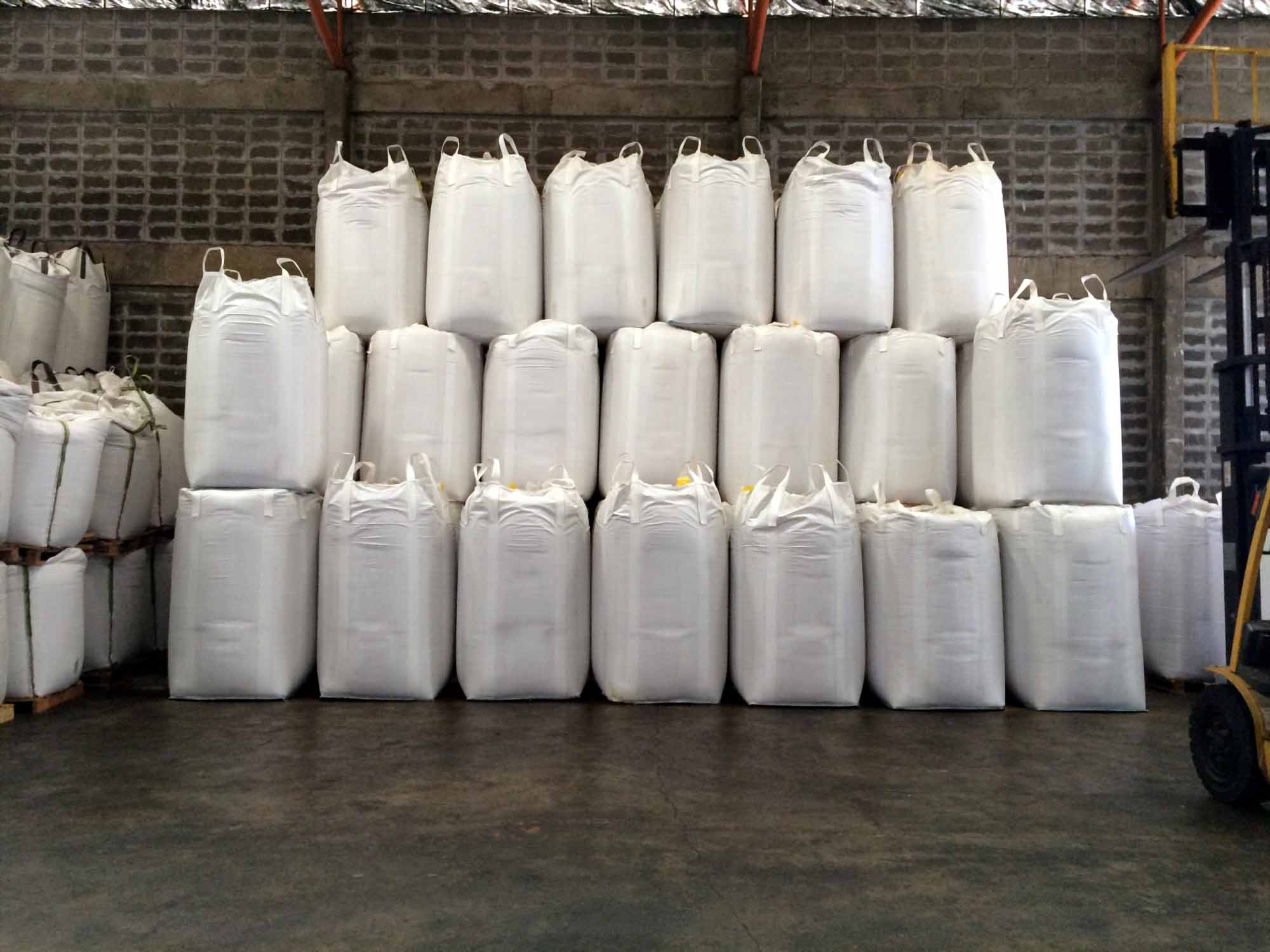EDF's Testing recommendations for perchlorate
EDF's testing recommendations for perchlorate
Companies should explicitly prohibit use of perchlorate from any food contact materials, including food packaging and food handling equipment. Companies should also manage any hypochlorite bleach that contacts food or food contact materials to minimize degradation to perchlorate.
Companies should strategically test food and food ingredients that are potentially contaminated with perchlorate using a method used by the Food and Drug Administration (FDA) that is capable of measuring as low as 3.0 parts per billion (ppb) in dry foods. Companies should investigate possible sources where any perchlorate is found, including upstream in the supply chain.

The problem with perchlorate: A deep-dive
Why test for perchlorate?
Perchlorate is in the bodies of virtually all Americans due to environmental contamination, its use in consumer products, and from the degradation of hypochlorite bleach to percholorate. (Hypochlorite bleach is a common disinfectant used to wash and peel vegetables and to clean food contact materials like food processing equipment and containers). Contaminated food is responsible for more than 80% of exposure (see Is perchlorate really in food?, below, for details). At even low levels, perchlorate can affect brain development because it inhibits the body’s ability to use iodine to make essential thyroid hormones.
Given the potential health consequences to children’s brain development, food manufacturers and retailers need to use readily available best practices to reduce perchlorate contamination. One of these best practices is systematic testing of food products and food ingredients likely to be contaminated with perchlorate.

Why is perchlorate important?
Perchlorate is an endocrine disruptor that impairs the normal functioning of the thyroid gland by interfering with the gland’s ability to use iodine from the diet, a critical element to making two thyroid hormones. One of these thyroid hormones, thyroxine (T4), plays an important role in regulating metabolism and, most critically, fetal and infant brain development. The health risks posed by perchlorate are greater when pregnant women and young children do not consume sufficient iodine in the diet.

Is perchlorate really in food?
Yes. Although FDA does not currently test for perchlorate in the food sampled in its Total Diet Study (TDS), the agency has done so in the past: an exploratory survey of selected foods in 2004-2005 (27 foods and beverages including vegetables, fruits, milk, juices and fish) and all samples of TDS collected in 2005-2006 and 2008-2012. Based on its latest data on perchlorate, FDA underscored the ubiquitous nature of perchlorate. Based on this testing, the Environmental Protection Agency (EPA) estimated that 88% of perchlorate exposure is from food.[1]
Perchlorate enters the food supply through environmental contamination primarily resulting from use of hypochlorite bleach and contaminated drinking water. Perchlorate is a contaminant of hypochlorite bleach solution that with time decomposes to chlorate and perchlorate. Bleach is used as a common disinfectant for drinking water, to clean food contact materials including processing equipment and containers, and to peel and wash vegetables. A second route for contamination is through food contact materials, primarily from dry-food plastic packaging.
[1] See June 26, 2019 Federal Register notice on page 30540 for details.

Is perchlorate still intentionally used in food contact materials?
Yes. FDA allows perchlorate to be used in plastic food contact materials such as bulk packaging and food handling equipment for dry food – like cereal, flour, spices, and many other additives – to reduce the buildup of static charges. There could be up to 12,000 part per million (ppm) of perchlorate added to the final plastic article.
The manufacturer of a perchlorate-containing polymer used in food contact applications showed that the chemical migrates out of the plastic material even in a static laboratory setting that does not resemble the real-life uses and grossly underestimates potential migration from common uses. Since perchlorate is added to prevent buildup of static charge when dry food or ingredients move rapidly in contact with plastic, the migration, and thus food contamination, is expected to be much greater than anticipated.
